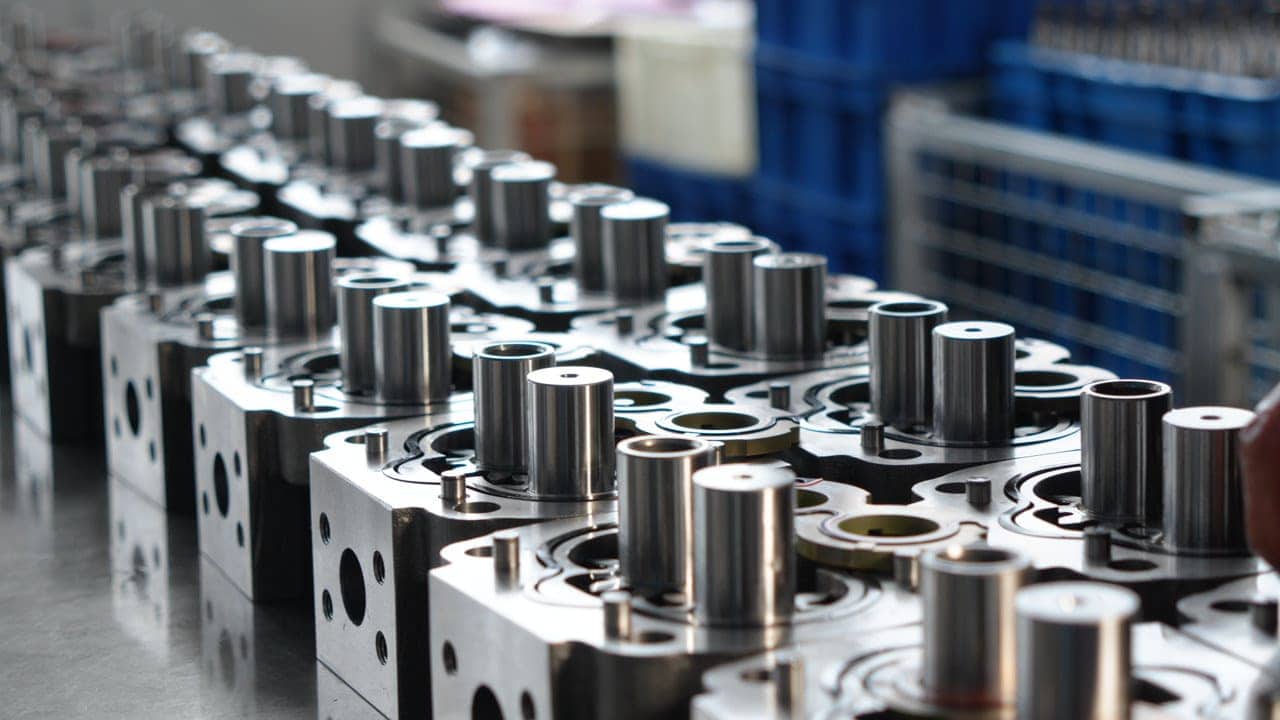Hydraulic Gear Pump Manufacturer -provide professional solution
We specialize in manufacturing aluminum alloy, cast iron, and high-pressure hydraulic gear pumps with stable and reliable performance, offering a high-quality alternative to renowned brands such as Bosch Rexroth, Danfoss, Kawasaki, Northern, Haight, and Viking…
With a professional engineering team boasting 20 years of experience, we are dedicated to meeting the diverse hydraulic gear pump requirements of industries including construction machinery, mining machinery, agriculture machinery, forestry machinery, roadwork equipment machinery, as well as marine applications. We customize pressure rating, displacement range, and speed range according to your equipment’s specific conditions to ensure optimal fit and performance.
We tailor hydraulic gear pumps to your required pressure rating, displacement range, and speed range, offering expert customized solutions.
Through professional structural design optimization, standardized production process, control of the global supply chain network, and rapid delivery.

- Digitally Managed Factory
- About 75% Cost Saving VS. Rexroth & Casapa
- 7-15 Days Fast Sample Production
- 12-36 Months Warranty
- 20+ Years of Technical Team Experience
Lightweight corrosion-resistant aluminum gear pump for mobile hydraulics
Durable cast iron gear pump for heavy-duty industrial machinery
Above 25 MPa gear pump suitable for demanding applications
Customizable pressure rating, displacement range and speed range
When selecting a hydraulic gear pump, focus on three key parameters: pressure rating, displacement range, and speed range. The pressure rating should be 1.1 to 1.5 times higher than the system’s maximum working pressure to ensure safety. The displacement must meet the maximum flow requirements of your equipment with a 5% to 10% margin. The speed range should align with the pump’s rated speed to guarantee stable long-term operation. Considering these factors together helps you choose a hydraulic gear pump with optimal performance and efficiency.
